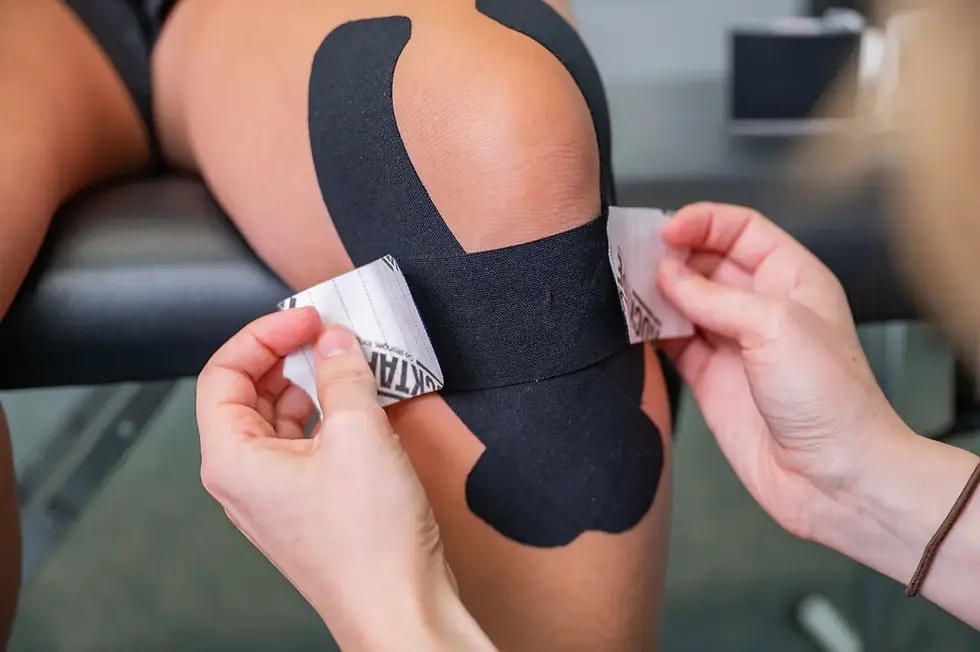Why Thoracic Mobility is the Secret to Better Shoulder Movement (and Less Pain)
- drdisalvo
- Aug 1
- 2 min read
If you’ve ever struggled with shoulder tightness, pinching, or limited overhead range of motion—even after stretching or strengthening—you might be missing a key piece of the puzzle: your thoracic spine.
Your thoracic spine (aka your mid-back) plays a huge role in the health and mobility of your shoulders. When it’s stiff, locked up, or not moving well, your shoulders are forced to compensate—and that can lead to irritation, poor mechanics, and even injury.
Why Thoracic Mobility Matters for Your Shoulders
The shoulder joint relies on a well-functioning system of moving parts—including your spine and rib cage—to work properly. If your thoracic spine lacks extension or rotation (two very common restrictions), your shoulder has to work harder to achieve the same movement. Over time, that added stress can show up as:
Shoulder impingement
Biceps or rotator cuff irritation
Neck or trap tightness
Poor posture and breathing mechanics
Loss of strength or range of motion
So, while shoulder stretches are great, improving your thoracic mobility could be the key to unlocking long-lasting relief and performance.
3 Simple Thoracic Mobilization Exercises to Try
These exercises are gentle, effective, and don’t require fancy equipment. You can do them before workouts, during recovery days, or any time you feel stiff.
1. Thoracic Extension Over Foam Roller
✅ Great for improving extension (think overhead movements)
How to do it:
Place a foam roller perpendicular to your spine at the mid-back level.
Support your head with your hands.
Gently arch over the roller, keeping your core engaged.
Pause, breathe, and return to neutral.
Repeat 8–10 reps, adjusting the roller up or down slightly to target different segments.
2. Open Books
✅ Improves thoracic rotation and rib cage mobility
How to do it:
Lie on your side with knees bent and arms stacked in front.
Slowly rotate your top arm open, reaching it toward the floor behind you.
Let your chest follow and keep your lower body stable.
Exhale and return to start.
Do 10 reps per side.
3. Thread the Needle
✅ Encourages controlled rotation and releases upper back tension
How to do it:
Start in a tabletop position.
Slide one arm underneath your body and across to the opposite side.
Let your shoulder and temple rest on the floor as you rotate.
Hold for a few breaths, then return and switch sides.
Repeat 5–8 reps per side.
When to Prioritize Thoracic Mobility
Before upper body workouts
If you’re experiencing shoulder, neck, or upper back discomfort
After long days of sitting or desk work
When your overhead movements feel restricted or “stuck”
As part of your warm-up or recovery routine
The Takeaway
If you want healthier shoulders, start with your spine. Improving thoracic mobility supports better posture, more efficient movement, and longer-lasting results—whether you’re lifting weights, chasing kids, or just trying to feel better in your body.
Need help assessing your movement or putting together the right plan? At The Body Remedy, we specialize in one-on-one care that looks at the whole picture—because where you feel the pain isn’t always where the problem starts.





Comments